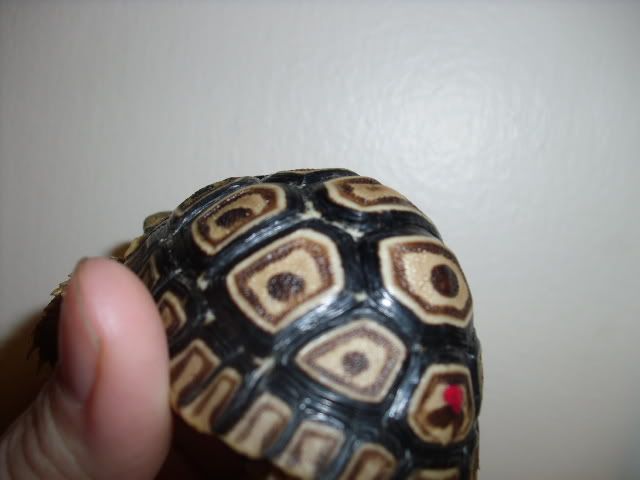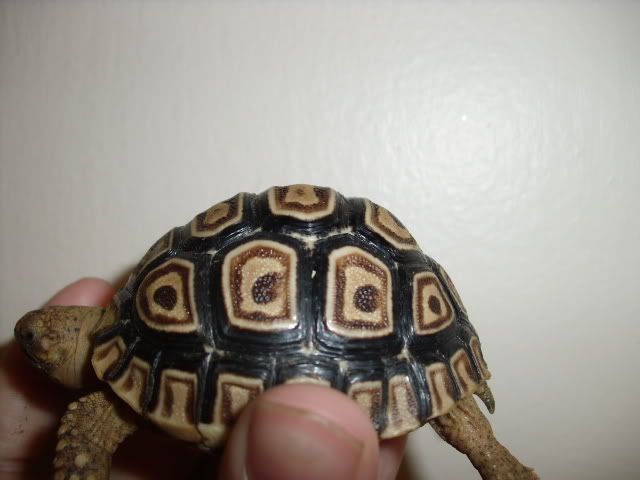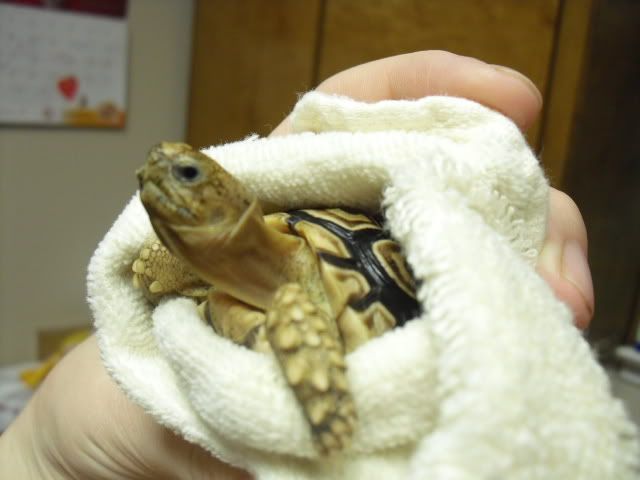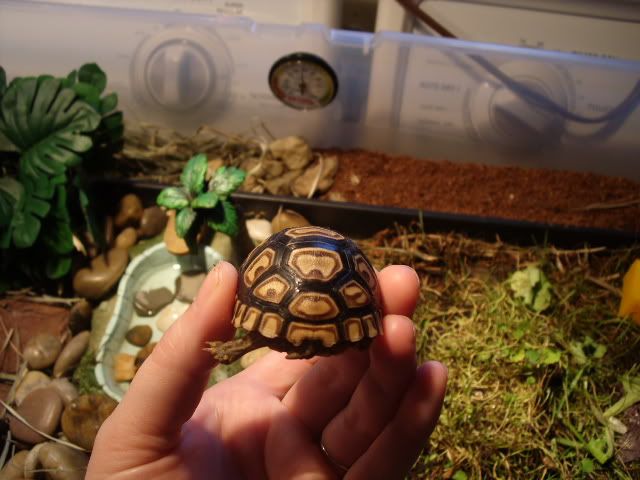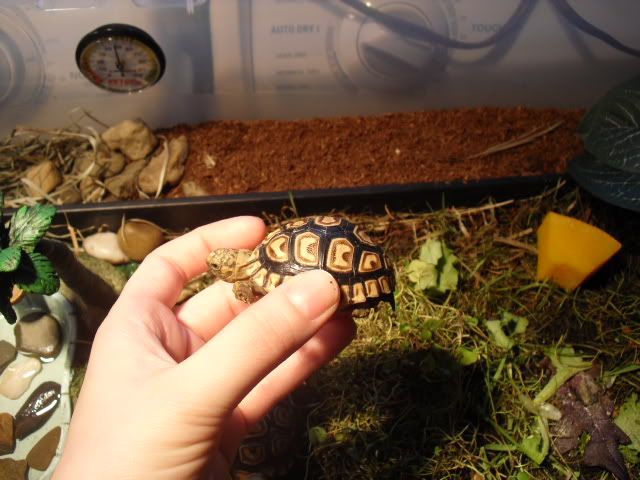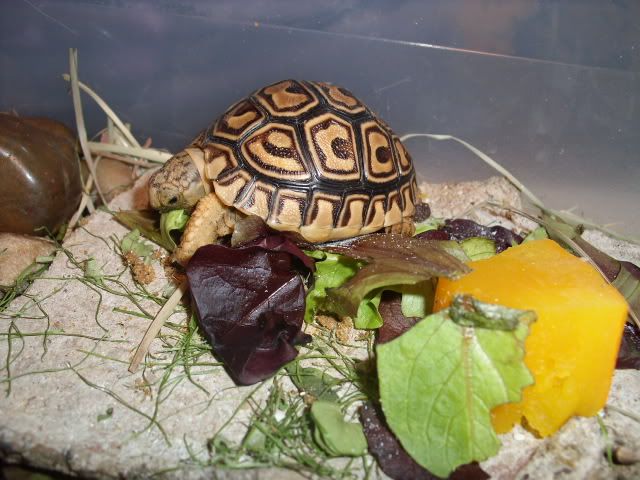- Joined
- Nov 23, 2009
- Messages
- 77
Why do leopards always get pyramided as they grow to adults. Almost every adult I ever see for sale has such horrible pyramiding and this has kept me from buying one as it does not look natural at all. In Sri Lankans at least it's a uniform pyramiding, usually, and it does not look so bad in them. In the leopards it just looks bad and out of proportion. Is this from bad owner skills of is this just the way they grow.
